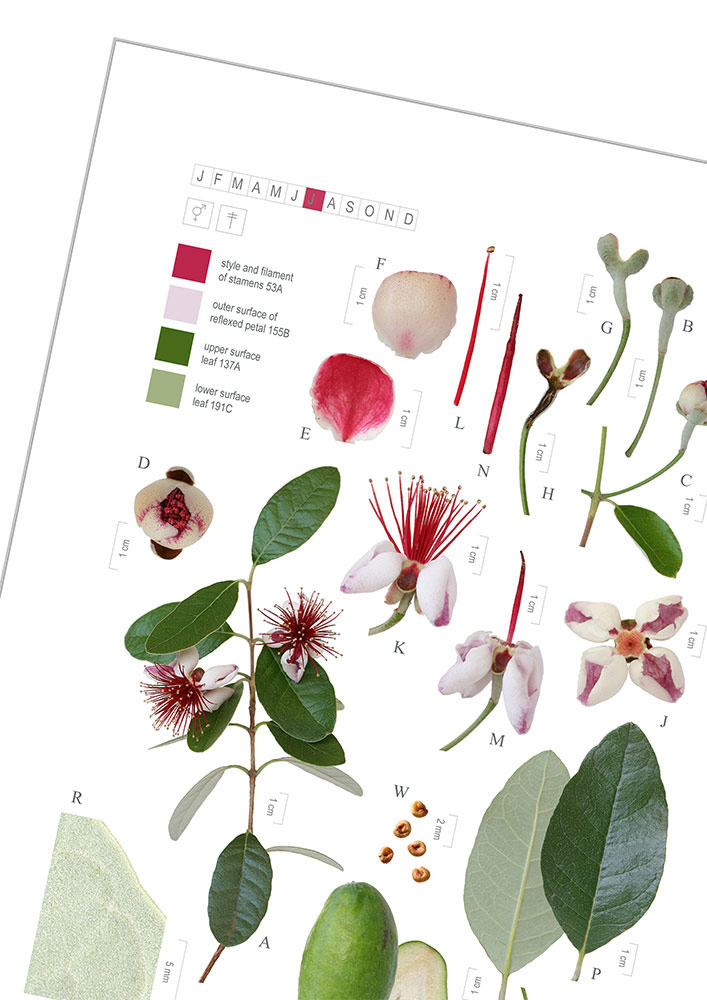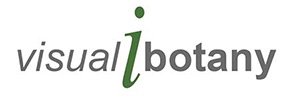|
 |
My contemporary botanical images are digitally created yet follow the established tradition of botanical art. For me, the future of botanical illustration lies in exploring the potential of the dynamic digital workspace, so that botanical illustration can fully meet the needs of botanists in the future. To this end I am keen to experiment and explore new possibilities relevant to botanical illustration, and I have a special interest in investigating how image technology can be used to create new visual data, rather than for simply digitising existing data. The aim is for scientific, reference-standard images. Each composite illustration is a comprehensive plant portrait of a single taxon or plant species, showing the diagnostic and, where space allows, the characteristic features of that plant. All parts and dissections are shown to scale by a metric scale bar, and where appropriate, the notable parts are colour referenced. In addition, each illustration contains a time bar showing the month/s of flowering, a title block and symbols indicating the plant's life form and sexual arrangement. For the key to the symbols used, see Symbols. These composite images can take many weeks, even months to create. They are based largely on digital photography, but may also contain scanning electron micrographs of pollen grains, flatbed scans, computer drawings and scanned hand-drawn work or photographic slides. They have been developed primarily for onscreen use, for future interactive viewing and where magnification or zoom tools can be used to reveal and explore micro-characters that would otherwise remain hidden. A voucher herbarium specimen is made of each plant illustrated. The composite images are created in a vertical (portrait) format, but can be recreated in a horizontal (landscape) format, or indeed arranged to suit any other shape, according to requirements. The images shown have been created for output at A3 size, but they can be reduced or enlarged. See Details. As a result of creating these composite illustrations, a considerable portfolio of images of each plant illustrated has been built up. Photographs, taken throughout the year, include habit and habitat shots as well as those of plant parts.
|
